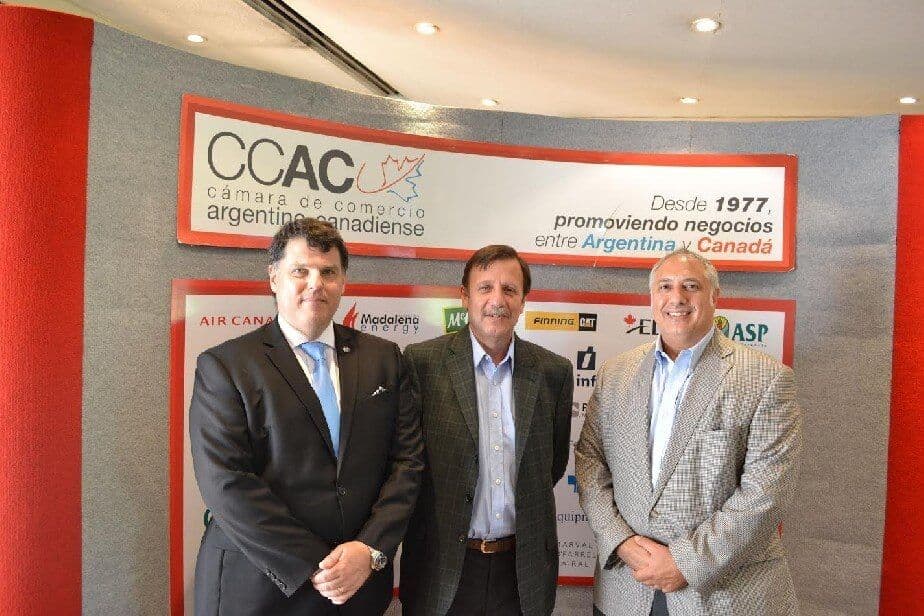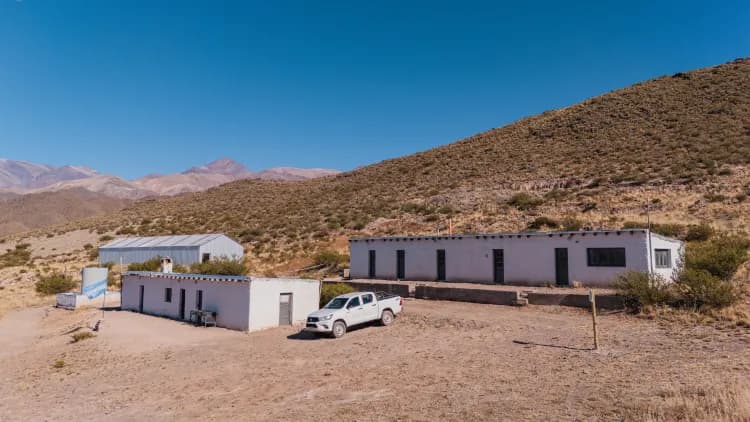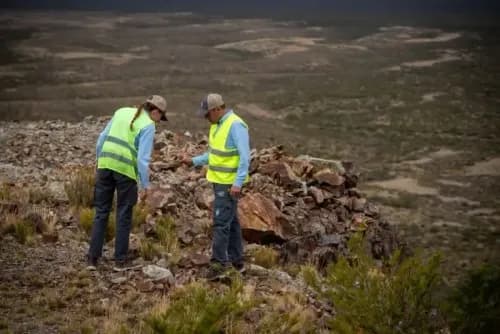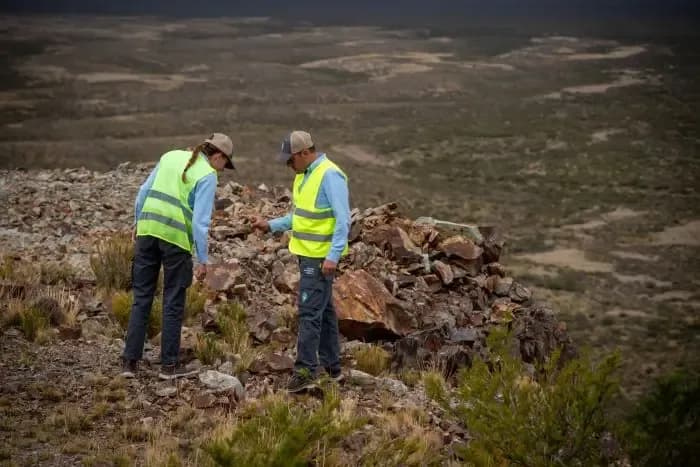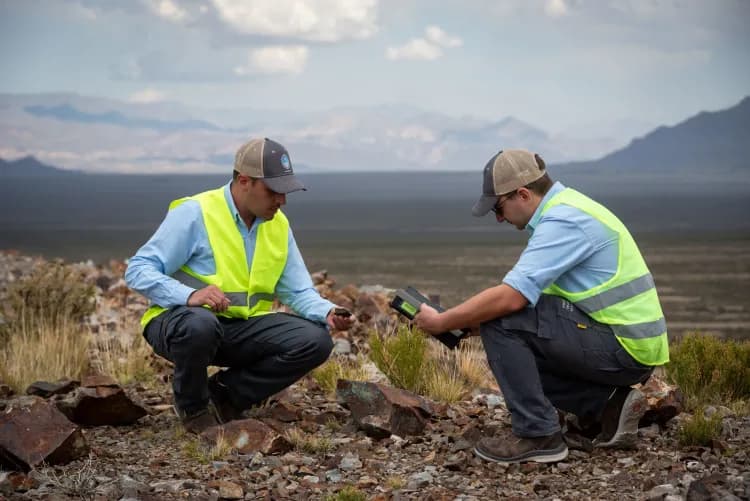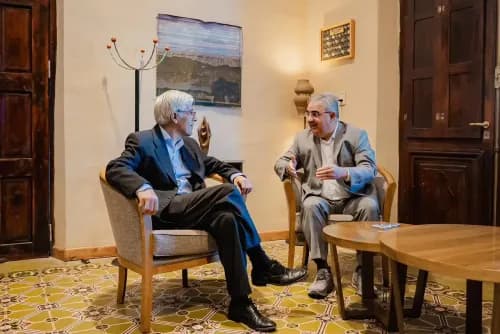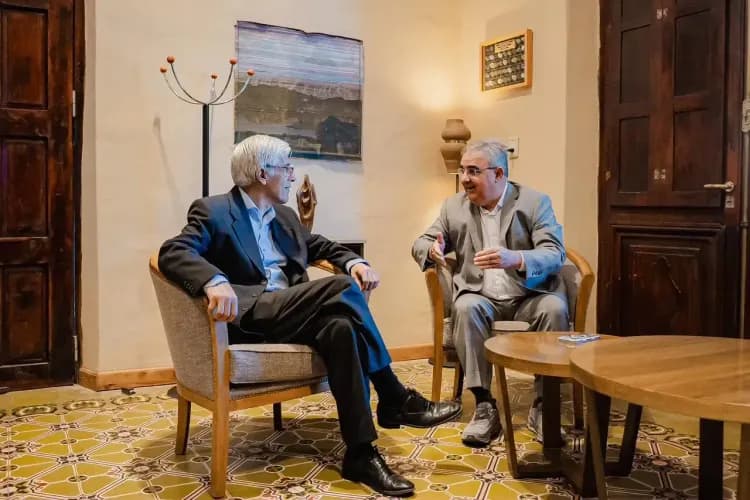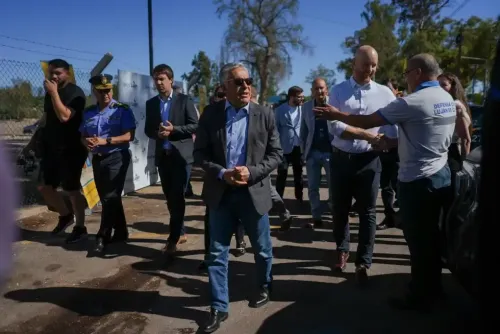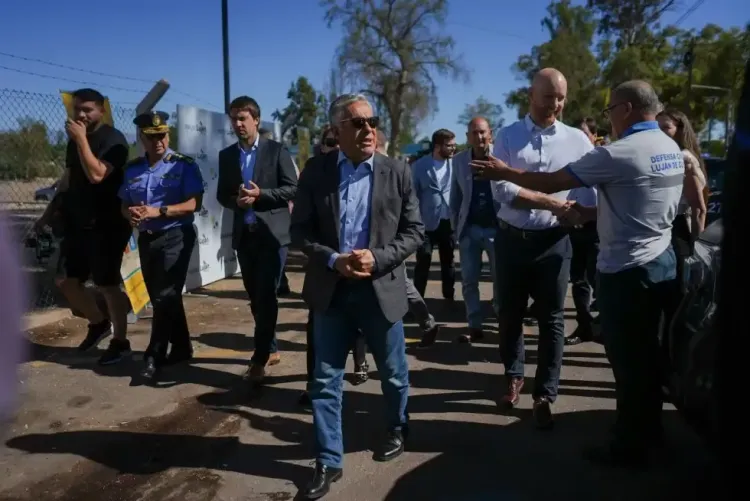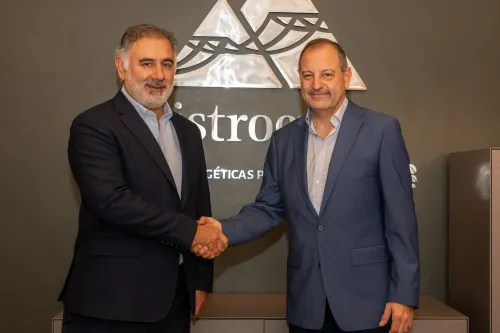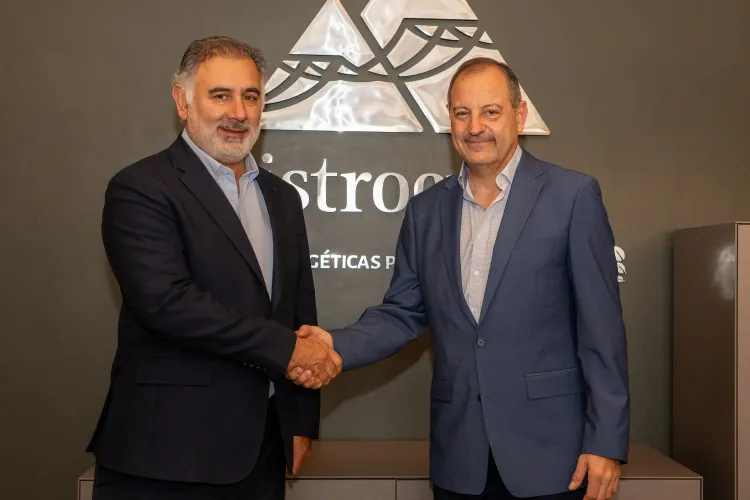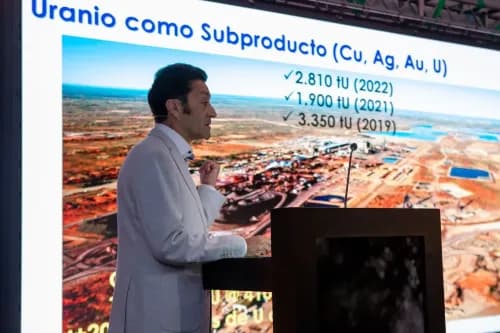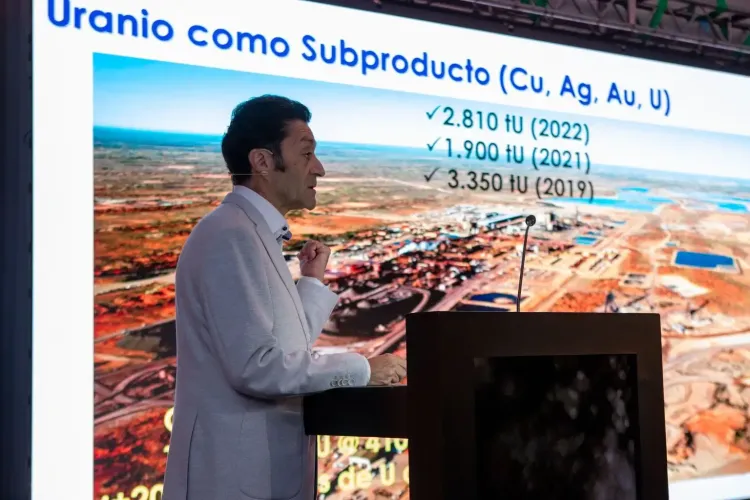I have seen several proposals for defining Mine Closure, and I have also had the opportunity to review applicable regulatory frameworks, which include a set of obligations related to the environmental and social factors inherent to the activity in general and to each specific project. However, there is a contributory work plan of greater added value on which mining could be a notable contributor.
By Juan Pablo Espínola
A few years ago, I had the opportunity to mediate between an exploration company and an indigenous community in the jurisdiction where I was located. The objective was to determine whether or not to allow the development of an industrial prospect related to mining, hydrocarbons, and energy, which had great strategic potential for the area of influence.
The community was represented by the three children of the last lonko (chief of the community), as she had passed away and, at the time of the meeting, the succession had not been defined. One of them opposed mining. Another supported the project. The third daughter said, “If this helps our children and grandchildren return to the land with work and rebuild the family, then it is welcome.”
This statement was so clear and forceful that it not only led to the initiation of the mining project but also provoked and produced a shift in the overall management of our mining sector, focusing on the following areas: a) rural and subrural emigration; b) equality of opportunities and outcomes; c) territorial development and integration; and d) the day after.
Rural or peasant exodus refers to the emigration (generally of teenagers and young people) from the countryside to nearby towns and larger cities. It is an ancient movement that, after being accelerated in the second half of the 20th century, expanded to include subrural emigration, with people leaving small farms and gardens for neighboring cities.
At this point, it is worth asking to what extent access to health, education, work, housing, water, energy, and communication is fulfilled, not only in terms of the actual existence of access to these rights but also regarding their quality. Additionally, concerns arise from those areas where extreme conditions occur, as well as the obligation for the entire family to work, among other factors.
In this sense, I believe that the answers to this concern must stem from the foundations of a development and territorial integration plan. I think about the projection of the economic activities to be initiated, replaced, and reinforced, the infrastructure of services, the logistics and trade of food, supplies, and other goods, as well as technical and professional services, etc., with individual focuses for each region and a global perspective for connections between adjacent, nearby, and remote regions.
But what role can or should the mining sector play? Should it lead the efforts? Should it absorb the investments and the costs of actions? In any case, it should finance expenditures and contribute to costs, as a significant mining venture generates income such that 80% of it remains in the country, through taxes and other levies, purchases, contracts, and both permanent and temporary jobs. Moreover, such opportunities require knowledge and experience to launch complex ventures with high levels of investment and in relatively short to medium time frames, in initially desolate areas.
Finally, it should be noted that every mining project that is initiated has a defined expected duration based on technical and economic variables, which are updated according to the evolution of the mine and the market conditions for the corresponding mineral. It is important to emphasize that this timeline is the available time for generating, launching, and maturing the development and territorial integration plan. Ultimately, this creates the best conditions for the arrival of the Day After.
Juan Pablo Espínola has around 20 years of experience in the mining sector, fulfilling several roles in business management and representation, provincial public service, and providing technical and institutional assistance to companies, chambers, and organizations. Previously, with a strong and comprehensive academic background along with excellent professional experience in information technology, the financial market, and economic-financial consulting, he developed management skills to reach highly competitive levels.
